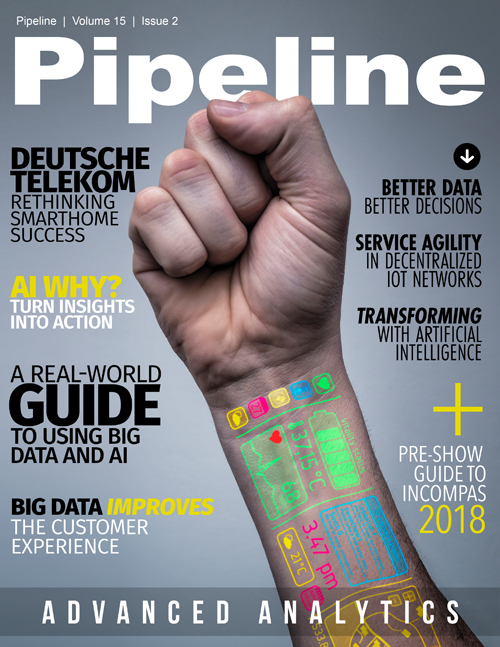No Digital Transformation is Complete Without AI
The third aspect of the digital transformation made possible by AI is the ability to assign customers to multiple segments in real time based on their behavioral history and their current actions. Segmentation is the basis of all personalized marketing content, but AI takes it to a level that was only theoretically possible—or even imaginable—just a few years ago.
For marketers, the idea of separating customers (or potential customers) with similar defining characteristics into different groups for the purposes of delivering content suited to their preferences is a no-brainer. The game-changing difference that artificial intelligence brings to a traditional, brick-and-mortar segmentation approach is the power to build individual customer profiles at scale while adding and subtracting tags assigned to those profiles in real time.
The level of complexity and granularity in segmentation has become limitless. Now, the creation of segments of customers with any number of tags is at hand. Customers can be in multiple segments at once and added or deleted from segments as new data is collected—all in real time. AI solutions give marketers the ability to know everything there is to be known about customers and to leverage that information at the times and in the channels that are most likely to lead to conversion or, at a minimum, to taking another step on the path to conversion.
AI solutions are a natural fit for digital transformations, particulary in the telecoms sector. According to an Infosys report, 87 percent of surveyed telecoms have started a digital transformation process already. The same paper claims that 70 percent of businesses want to use Artificial Intelligence to automate decision-making but, at the same time, many have a problem with one crucial aspect: the lack of data-led insights on demand.
The production of massive amounts of data every second of the day is a fundamental part of the industry. The scalable infrastructure needed to process this data for business and marketing insights runs on AI algorithms. Without them, uncovering the full value of the data and personalizing customer journeys remain tantalizingly beyond the capabilities of traditional marketing tools and approaches.
But the benefits of digital transformations led by AI don’t stop there. In addition to the value they bring from harvesting and analyzing data, AI solutions are also fast and easy to implement. The process often involves merely adding tags to information already contained in databases or to websites. Furthermore, most AI solutions can be introduced without any need for investment in physical infrastructure or dedicated in-house teams. Leveraging AI capabilities is typically a matter of a one-time implementation, followed by simple updates handled by already existing staff.
Telecoms have always been at the forefront of the adaption of modern technologies at a very early stage—and the present is no exception. McKinsey and Company estimate that digitization could enable telecom operators to boost profits by as much as 35 percent, so going digital is certainly worth it when it comes to the bottom line.
There are a number of use cases made possible thanks to AI that are directly applicable to the needs of telecoms. They go far beyond the ability to leverage huge amounts of data; others, for instance, include real-time client scoring and related possibilities for segmentation and delivery of dynamic content, as well as flexible options for conversion path creation and detection of statistical anomalies that would otherwise escape human notice. But that list of use cases is hardly comprehensive. Interested in effective churn prediction or call avoidance? You would be wise to take notice—and advantage—of AI.





















